Fears beaches across the north-east will continue to be blighted by dead and dying birds as avian flu continues to spread has been raised by a north-east wildlife charity
Describing it as a “tragedy unfolding before our very eyes,” Keith Marley from the New Arc has warned the avian influenza outbreak is reminiscent of Covid.
Mr Marley explained they have been inundated with calls from across the north-east reporting dead and dying birds.
On Thursday alone New Arc received around 50 calls.
Mr Marley said: “We had a heartbreaking call from a fisherman the other day who described going through a raft of dead and dying gannets.
“He compared it to being in Arctic waters as the boat nudged through the ice, it was just horrendous.
“We got a text this morning from someone in Cruden Bay who reported 36 dead gannets, seven dead guillemots, and several dead gulls.
“They only walked a third of the beach, by that time they got fed up counting and walked home again – goodness knows how many were actually washed up.”
He explained the New Arc does not have the capacity to deal with every single call they are receiving.
‘It’s so frustrating’
They are now avoiding areas such as Cruden Bay, St Fergus and Colliston and certain species for fear of bringing bird flu back to the sanctuary based near Ellon.
If a case of bird flu is found at the New Arc, Defra would cull all the birds on site and close the sanctuary. It would need to be thoroughly decontaminated, with some aviaries destroyed before it would be able to reopen.
For Mr Marley, who has devoted his life to rescuing sick and injured wild animals, not being able to help is a real challenge.
“We’ve got people calling up crying on the phone, and we’re getting people calling up angry that we’re not doing anything,” he said. “We’ve had people shouting and swearing at us.
“It’s so frustrating to be so under-resourced that we can’t help.”
He stressed the New Arc is doing what it can to help. It is still taking in nestlings, young birds and injured garden birds when they can.
‘Only going to get worse’
Mr Marley warned the bird flu endemic is now becoming a hazard to public health, with dead and decaying birds scattered across shorelines.
He is also concerned about the upcoming school holidays, with families visiting beaches more frequently, especially where these sick birds or corpses can be found.
According to Mr Marley, people should avoid visiting some beaches, especially with dogs who may approach the dead or dying birds, and with children.
Likening it to Covid, he explained that in the early stages the disease can be asymptomatic.
In the later stages, birds can appear very lethargic, tuck their heads under their wings as if they were roosting for the night, or stagger around in circles often drooling and head nodding.
There have even been cases of blindness in gannets.
Mr Marley said: “Britain’s probably got the biggest outbreak in Europe, they’re talking about the possible extinction of gannets.
“If we don’t act now it’s only going to get worse, and that means dead and dying birds need picked up.
“It’s a tragedy unfolding before our very eyes, unfortunately.”
MSP calls for further support
New Arc wrote to Aberdeenshire East MSP Gillian Martin, expressing its concern at the volume of reports they were receiving.
She has also been contacted by a number of concerned constituents.
Ms Martin has written to Aberdeenshire Council asking for more information about efforts being made to protect birds along the north-east coastline.
She said: “I understand the Scottish SPCA and New Arc are doing what they can to help in challenging circumstances but this is being made more difficult with the amount of birds now being reported.
“This is leading to concern that, as we enter the summer holiday period, our beaches and coastlines will become very busy, meaning more people and their pets will come in to contact with these ill or deceased birds.
“I would like to know what work is being done by the local authority in partnership with other organisations to help reduce the impact this is having on our bird population here in the north-east.”
Anyone who finds three dead wild swans, geese or ducks, a single dead bird of prey, or five or more dead wild birds of any species (including gulls) should report their findings to Defra on 03459 33 55 77.
Dogs should be kept on a lead in coastal areas to avoid them touching or picking up dead birds.
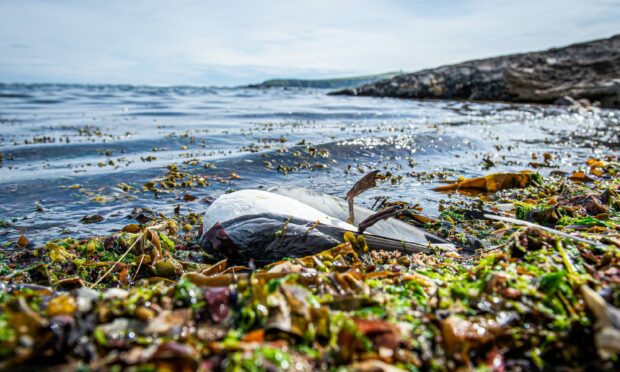
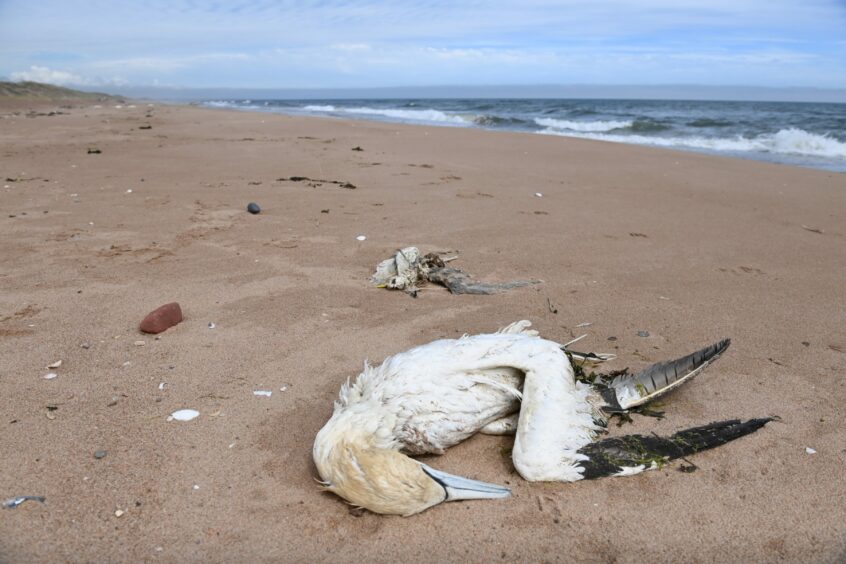
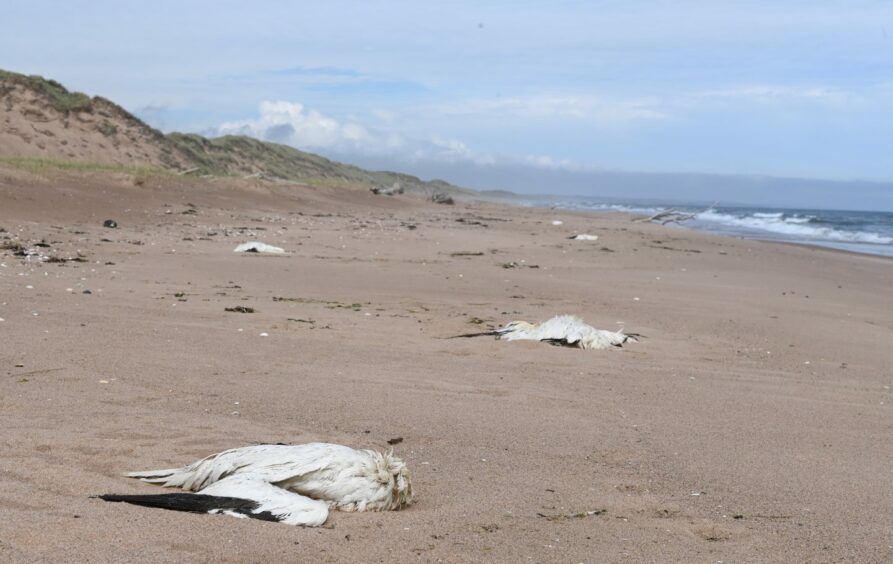
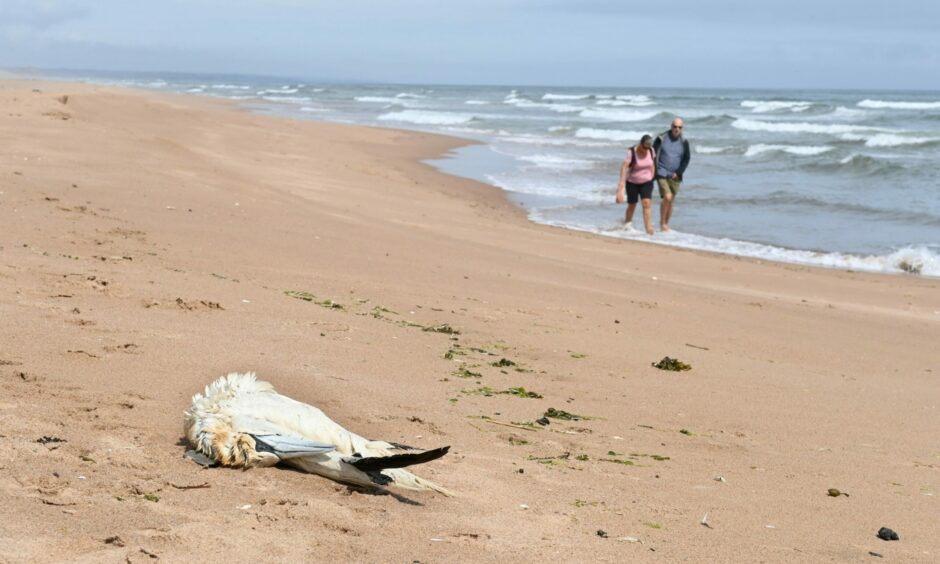
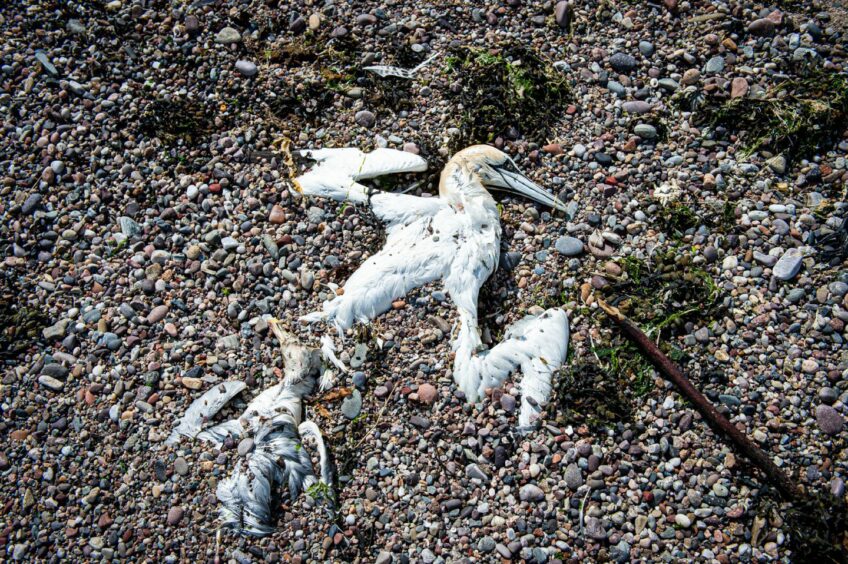
Conversation